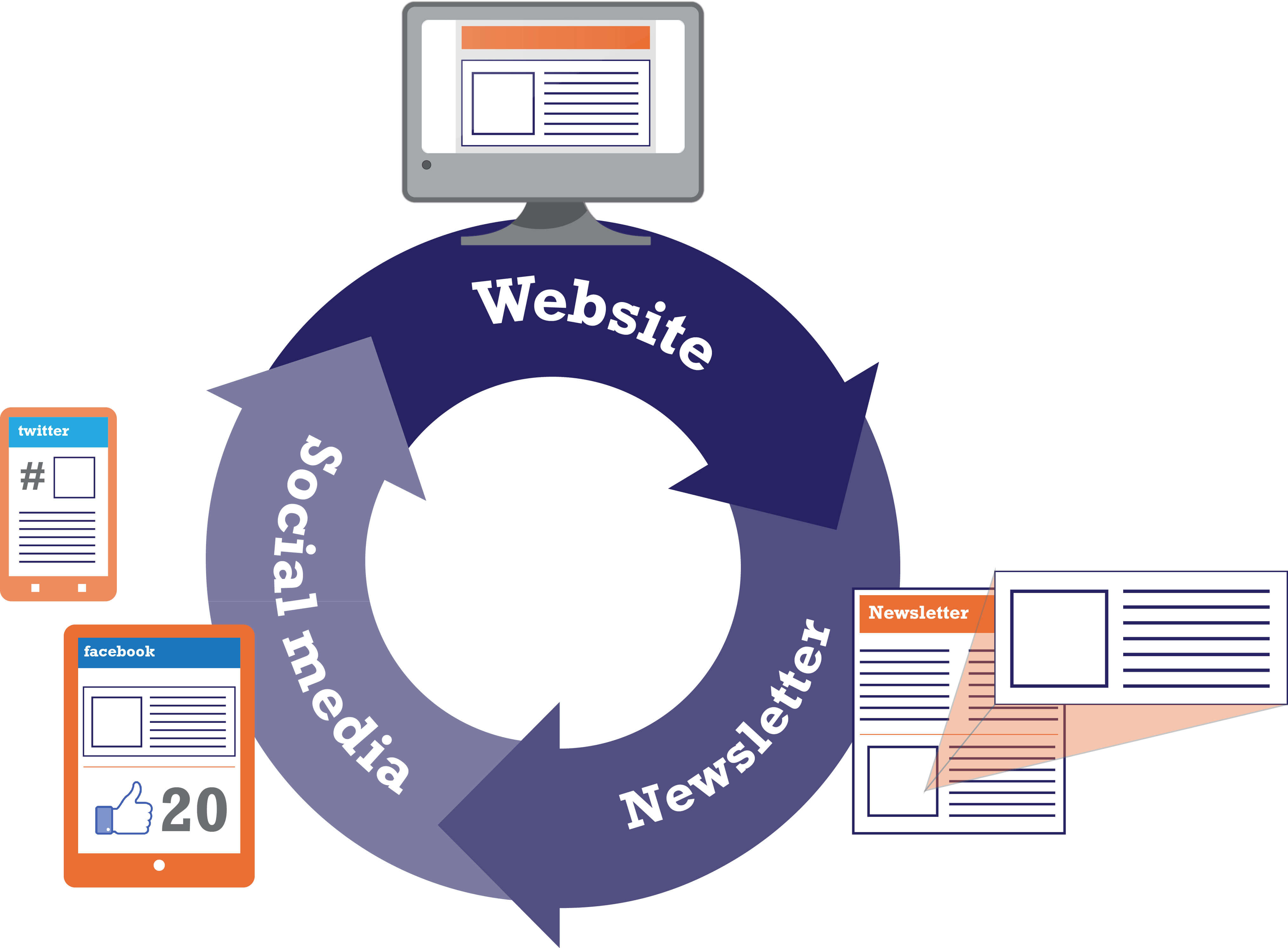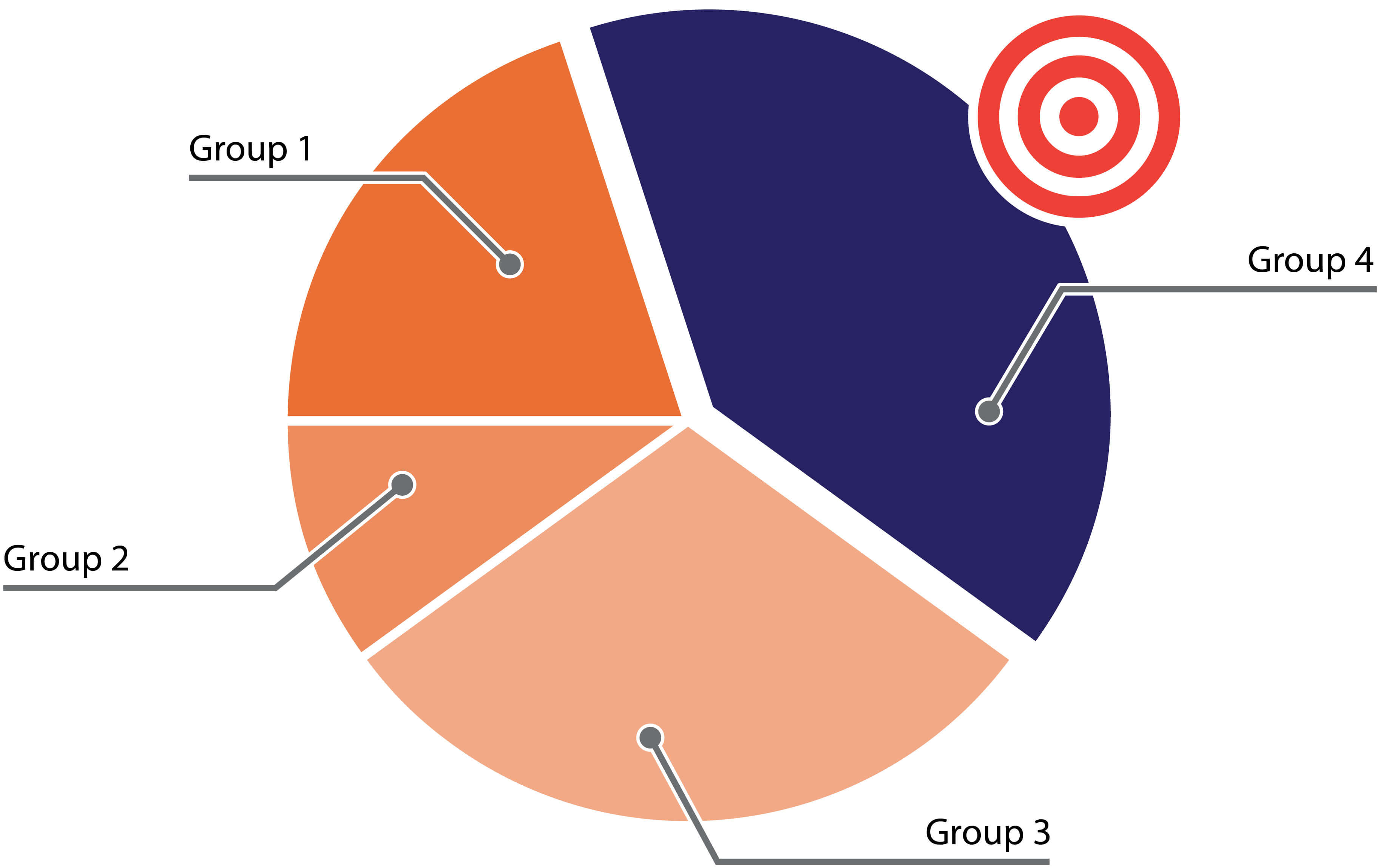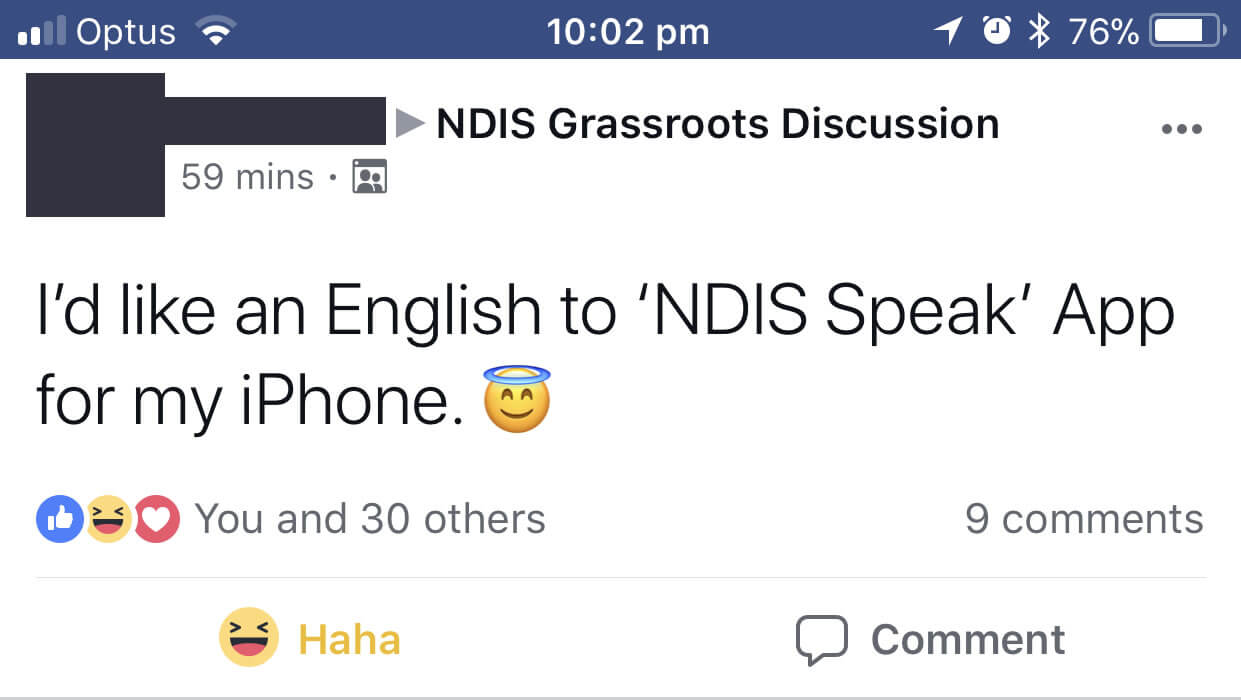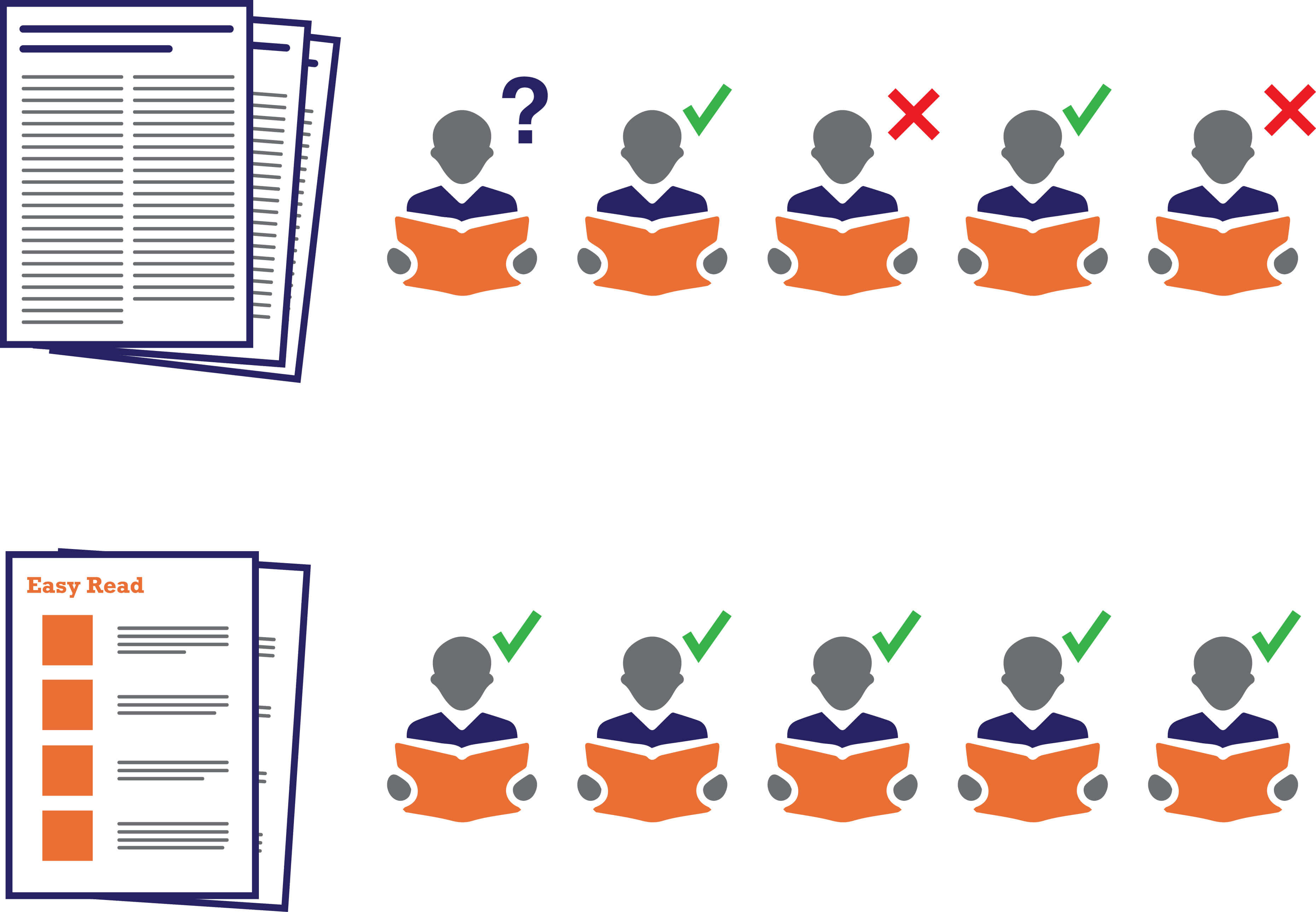 Right now, hundreds of organisations around Australia are struggling to transition to the NDIS. Providers of varying size are facing new challenges related to auditing, compliance, resourcing, cash flow and workforce. It’s a challenging time.
Right now, hundreds of organisations around Australia are struggling to transition to the NDIS. Providers of varying size are facing new challenges related to auditing, compliance, resourcing, cash flow and workforce. It’s a challenging time.
So who wants to think about marketing?
Bigger organisations have marketing and communication teams who know how to engage their target audience. Medium organisations are venturing into this space because they know they have to. Small orgs can’t find the breathing space to even think about it.
If you’re grappling with operational issues, it can seem like the wrong time to think about marketing.
But we’d like to pose the question: What will happen if you take your eye off the ball?
Consistent, regular marketing has to be part of your game plan. Marketing is essential for building brand awareness, as well as engaging and communicating with new and potential customers, which translates to business and revenue growth.
We’ve got some easy-to-implement tips to ensure you keep your marketing strategy on track – even during the hard times.
Get the basics right
A rock-solid communication plan helps in a variety of ways. Regular communication through your email newsletter, website and social media is the bare minimum. If you’re not doing this already, start as soon as you can. And if you are doing this now, don’t let it lapse. Regular communication is essential to nurture existing relationships.
Your email newsletter, website and social media work together. Keep the content cycle moving with fresh, positive and meaningful news on a regular basis.

Work out who you are talking to
In marketing speak, identifying your key audiences is called segmentation. By segmenting your audiences and targeting your marketing efforts at those audiences in different ways, you’ll get much better results. Avoid the ‘one-size-fits-all’ approach.

Make it easy
This recent Facebook post says it all:

Literacy levels in our community are lower than you might think. In Australia, more than 40% of the adults in our community have literacy levels below what is considered enough to get by in everyday life.
Do you only communicate in a way that people with medium-to-high levels of literacy can understand?
Writing in a clear, simple style will help your organisation to connect with a wider audience.

Can you find ways to explain the NDIS that others can’t?
Can you make your pathways clearer, easier and better?
Which leads us to….
Find the gaps
As you make the transition, you will see gaps in the market. This is where opportunities are born. Of course, not every gap will be viable, but there will be areas where you can strengthen your offering or, at the minimum, start conversations that help you identify consumer needs or solve a pain point. Can you research these gaps more deeply? Can you pivot if necessary? Can you test these ideas? Small-scale, segmented marketing can help you test new ideas.
Consider outsourcing
If you don’t have existing marketing capabilities, you can outsource this work. There are a range of benefits to outsourcing your marketing, including:
- access to a team with different skills, such as web design, graphic design and content writers
- the flexibility to only pay for the services you need
- avoiding the need to recruit and train new staff.
If you’re looking to outsource your marketing and communications, we can help you. We offer everything from creating a marketing strategy to ongoing communication services – such as writing and sending your email newsletter. We’ve got a fabulous team of professional writers, editors and designers who can do all the leg work for you.
And the best part of all is that we produce content in plain language and Easy Read. This means that we can make your marketing messages clear and easy to understand. And we can help your clients – new and potential – understand NDIS speak.
Get in touch with us to find out more and request a quote here.


